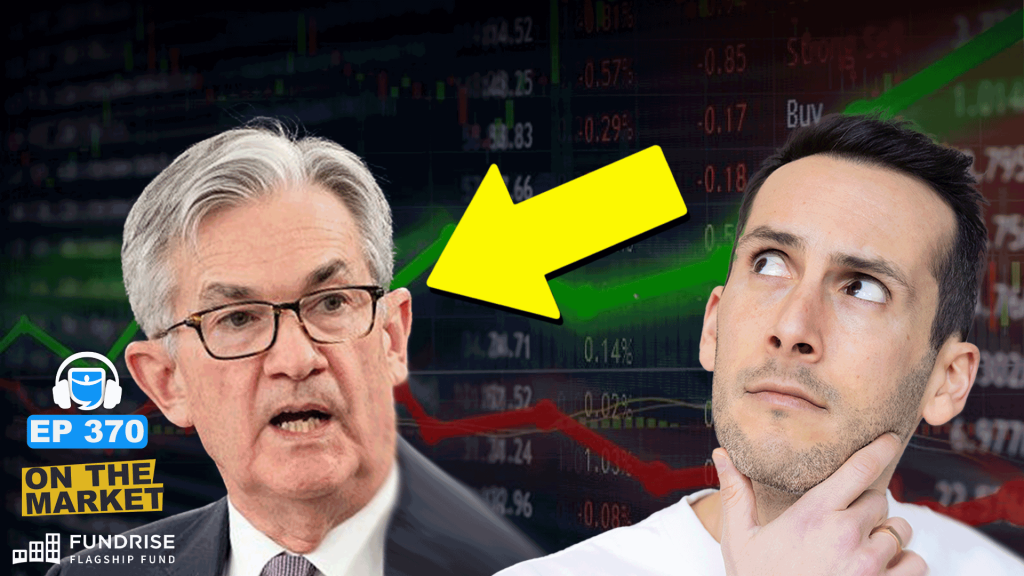Why Mortgage Rates are Rising as the Fed Keeps Cutting
In the financial landscape, one of the most intriguing phenomena currently unfolding is the rise in mortgage rates despite the Federal Reserve’s ongoing efforts to cut interest rates. This paradoxical situation has left many wondering why, at a time when borrowing costs should theoretically be reduced, home loans seem to be getting more expensive. Several pivotal factors offer insights into this curious divergence.
Understanding the Fed’s Role
The Federal Reserve’s primary tool for influencing the economy is adjusting the federal funds rate—a rate that influences how much banks pay to borrow money overnight. When the Fed cuts this rate, it generally aims to stimulate borrowing and spending across the economy. Typically, lower federal rates lead to lower borrowing costs for everything from consumer loans to mortgages. However, the relationship between short-term rates set by the Fed and long-term mortgage rates is complex and not always directly correlated.
The Disconnect Between Fed Cuts and Mortgage Rates
Mortgage rates are influenced by a variety of factors beyond the Fed’s rate cuts. Here are some key dynamics currently in play:
Bond Markets and Inflation Expectations: Mortgage rates are closely tied to the yields on U.S. Treasury securities. When investors expect higher inflation, they demand higher yields to compensate for the reduced purchasing power of future interest payments. Recent economic indicators suggesting rising inflation pressures have led to an increase in these yields, thus driving up mortgage rates.
Supply and Demand Imbalances: The housing market has experienced significant demand, partly fueled by the pandemic-induced trend towards remote work, which has changed home buying preferences. This demand surge, alongside a tight supply of available homes, has exerted upward pressure on home prices and, consequently, mortgage rates.
Global Economic Conditions: Global financial markets can impact U.S. mortgage rates. For instance, geopolitical uncertainties or economic crises abroad can drive foreign investors to seek the safety of U.S. Treasuries, impacting their yields and, subsequently, mortgage rates. In periods where foreign investment in Treasuries leads to lower yields, mortgage rates may also decrease, but the opposite can occur when foreign economic conditions improve.
Bank Margins and Risk Assessments: Lenders also consider their own cost structures and risk assessments when setting mortgage rates. Despite the Fed’s efforts to lower rates overall, banks may perceive higher risks in lending due to economic uncertainty or may need to protect their profit margins amidst changing regulatory or market conditions. This can lead to banks maintaining or even raising the rates at which they offer mortgages.
Psychological and Speculative Factors: Market perceptions and expectations can sometimes overshadow economic realities. If investors or consumers believe that rates are more likely to rise than fall, due to anticipated economic recovery or future inflationary trends, this can preemptively push rates higher.
Implications for Homebuyers and Investors
For prospective homebuyers, the rise in mortgage rates means potentially higher monthly payments, which could dampen housing affordability and slow down the frenetic pace of the real estate market. However, it is important for buyers to stay informed and shop around for the best rates and terms available, as individual financial institutions may respond differently to prevailing economic conditions.
For investors, particularly those involved in the real estate and financial sectors, understanding the nuances of interest rate movements can be critical for making informed decisions. As the economic climate continues to evolve, staying abreast of how global and domestic factors interplay with local market conditions will be key to navigating this complex environment.
Conclusion
As the Fed continues to adjust its monetary policy tools in response to a rapidly changing economic backdrop, the peculiar upward trend in mortgage rates serves as a reminder of the intricate web of influences at play in financial markets. While the relationship between Fed rate cuts and mortgage rates is not a straightforward one, understanding the contributing factors can provide valuable insights into economic dynamics and guide stakeholders in making more informed decisions in these uncertain times.

